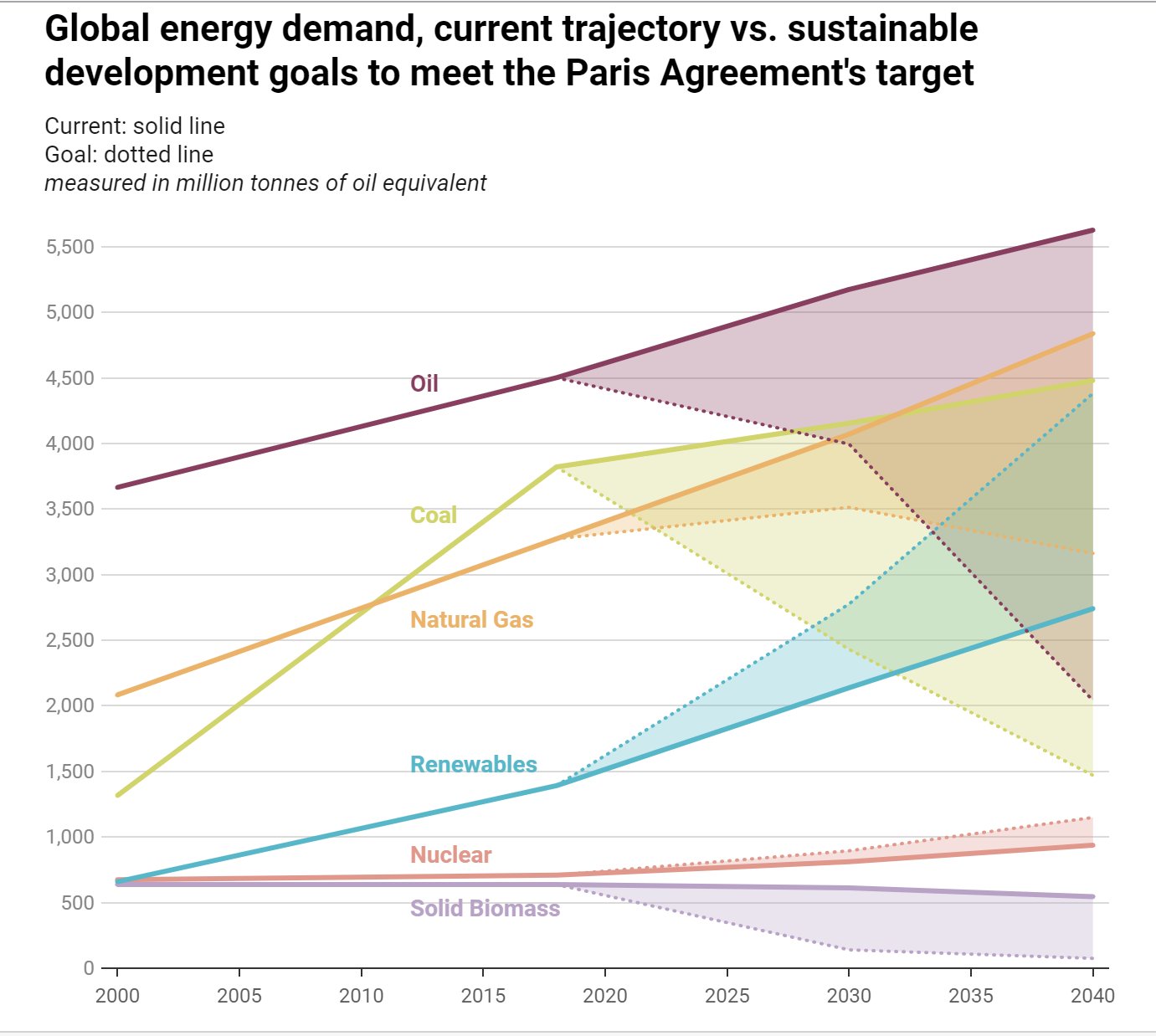Since a better administered MSP is the central demand of farmers, I am reading up more about it.
Farming today means farming with losses. This needs to turn into farming where hard work can produce savings instead of losses.
Before Elections BJP promised MSP 50 % above cost of production
In his election promises, Modi had on multiple occasions promised to implement the recommendations of the Swaminathan Commission on farmers and raise the minimum support price (MSP) offered to farmers to 50% above the cost of production.
The finance minister's budget speech of 2018 said that they were going to implement their electoral promise. Farmers movements had already exposed this to be a fraudulent claim. Finance Minister had admitted that the cost he was speaking about was not comprehensive cost but partial cost.
Why MSP is critical for India's farmers
Minimum support price is at the heart of the existing system to ensure fair and remunerative returns to farmers. MSP is a solemn guarantee to the farmers to the effect that the central government shall ensure the floor price should the farmers fail to get even that level.
The election promise was that the farmer will get an MSP which is 50% higher than his entire cost of production. But the BJP Govt. made it a partial cost: this differs from whole cost in the sense of whether the imputed rent of the farmer’s land is included in it or not. Every shopkeeper or landowner includes this in his cost – just because my father has land does not mean he bears no cost for holding that land.
The MSP is meant to ensure that the sale price of agriculture produce will not fall below this minimum amount. But the reality is that ordinarily, the MSP becomes the maximum price for the farmer that only some farmers get.
MSP exists only on paper
MSP is announced for 14 crops. Yet only two are actually bought by the government - only wheat and rice. For the rest, if you can sell them somehow, then that’s it.
Of all the rice produced in the country, the government buys one-third. Of all the wheat produced in the country, the government buys one-fourth. It buys 0.2% of all the bajra produced in the country.
The MSP exists only on paper. The farmer comes ready with his crop and asks the government to buy it. The government says the arrangement does not exist in your district, the centre will open 15 days later here. Or it closed ten days ago and you’re late. Or you do not have the required paperwork.
India's agriculture goals have to put the farmer first
There is also a frequently made argument that productivity should be increased. In reality, today, we see surplus being the problem. The agricultural policy of India has always been production-oriented instead of being producer-oriented. That is the entire problem. The farmer is not affected by where your production levels have reached. The dilemma is that when production increases to such an extent, the farmer is killed.
We need an independent commission for agricultural costs
The farmer should get a legal guarantee for the MSP. The Commission for Agricultural Costs and Prices, which determines the price, is under the thumb of the government and is run by the yes-men of the ruling party. This should be made an independent, accountable commission, whose recommendations should be binding. Farmers should have the legal right to get at least the MSP for their produce. They should have the right to go to court, file a case and get compensation if they do not get the MSP.
For 13 years, the farmer has been denied 50 % MSP over his costs
Since 2014, Indian banks have written off nearly 7 lakh crore in unpaid loans. Just 2 % of these belong to farmers.
Today the farmer is badly caught in debt. The farmer will have to be exempted from this debt one time. This is not pity or begging. For 13 years, the farmer has been denied the Swaminathan Commission recommendations. The arrears of 11 years turn out to be Rs 22,00,000 crore, the farmers’ loan is Rs 14,00,000 crore. Exempt them of this debt, so that the farmer can stand up.
Yogendraji asks, are farmers today the priority of the country, or are they not? This will determine whether the government has money in its pocket for them or not.


